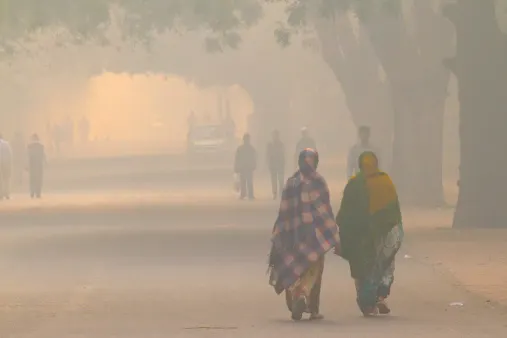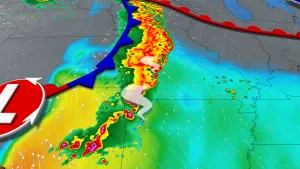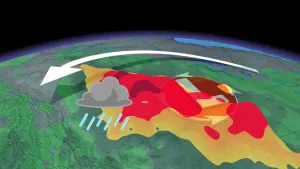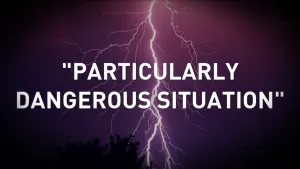
Toxic, throat-burning smog prompts health emergency in New Delhi
Air quality sensors have recorded pollution levels that have not been seen for several years.
The capital city of India has declared a public health emergency as air pollution levels rise to dangerous levels. Schools have closed in New Delhi, flights have been diverted and cancelled due to poor visibility, and national monuments have been engulfed by the toxic smog.
Pollution levels reached a three-year high on November 3 and the Air Quality Index (AQI) across parts of the central region exceeded 900, which is significantly higher than the "severe-plus emergency" level of 500.
India's government environment monitoring agency, SAFAR, has cited agricultural crop burning in neighbouring states as a large contributor to the dangerous smog. Air pollution often reaches high levels around November each year in this region of India as farmers burn crops to clear their fields and thousands of fireworks are set off to celebrate Diwali, the Hindu festival of lights.
Officials in India say that the smog will likely have "adverse health impacts on all" and New Delhi's Chief Minister Arvind Kejriwal has implemented a traffic rationing scheme to help control pollution emitted from cars. Kejriwal's plan only permits owners of private vehicles to drive on alternating days, based on whether their license plates end with an even or odd number.
Social media users in New Delhi have shared scenes of the smog online and have noted several health impacts including headaches, burning eyes, and breathing becoming increasingly difficult.
See below for a look at the air pollution emergency in New Dehli:










